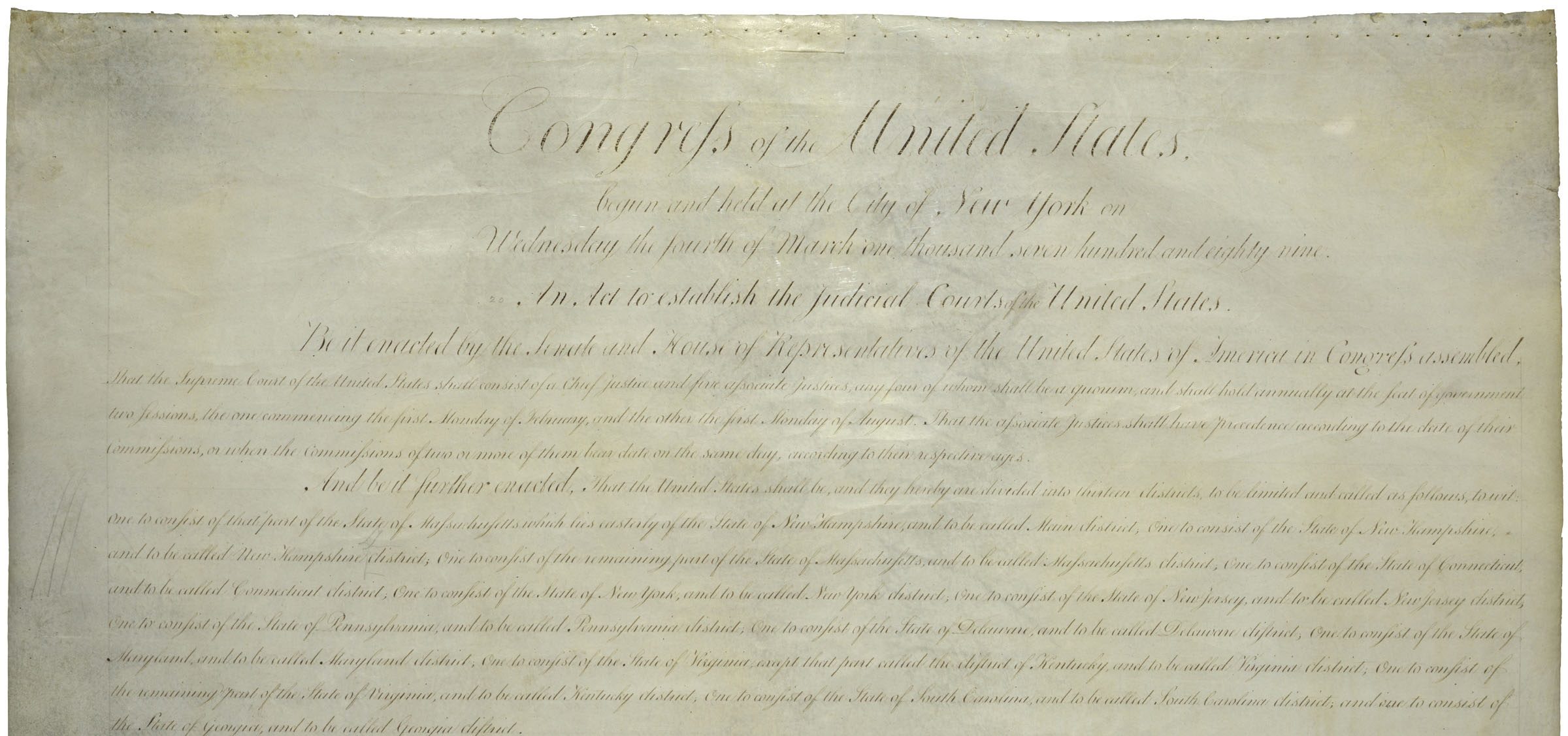In Sierra v. City of Hallandale Beach Fla., No. 19-13694 (11th Cir. May 6, 2021), the panel holds that a deaf visitor to a municipal website had standing to challenge the lack of closed captioning on the videos. Judge Newsom, in a 57-page separate opinion, expresses “doubt that current standing doctrine—and especially its injury-in-fact requirement—is properly grounded in the Constitution’s text and history, coherent in theory, or workable in practice.”
Plaintiff Sierra filed suit under Title II of the ADA and section 504 of the Rehabilitation Act. The district court initially dismissed for failure to exhaust administrative remedies, but the Eleventh Circuit vacated the decision on appeal. Sierra v. City of Hallandale Beach, 904 F.3d 1343, 1353 (11th Cir. 2018). On remand, “[t]he district court dismissed the case for lack of standing because Sierra failed to demonstrate an injury in fact.”
The Eleventh Circuit, in a short opinion, vacates and remands once again. The plaintiff, the panel holds, suffered a “stigmatic injury” from not being able to fully access the website, which constitutes an injury-in-fact. “Sierra, as an individual with a disability, has a concrete interest in equal treatment under the ADA and the Rehabilitation Act. 42 U.S.C. § 12132; 29 U.S.C. § 794. His injury is undoubtedly related to Hallandale Beach’s alleged misconduct: publishing videos on its website that were inaccessible to deaf individuals and then failing to provide requested accommodations.”
Judge Newsome’s scholarly concurrence “propose[s] a different way of thinking about things . . . . First, in my view, a ‘Case’ exists within the meaning of Article III, and a plaintiff thus has what we have come to call ‘standing,’ whenever he has a legally cognizable cause of action, regardless of whether he can show a separate, stand-alone factual injury. Second, however—and it’s a considerable ‘however’—Article II’s vesting of the ‘executive Power’ in the President and his subordinates prevents Congress from empowering private plaintiffs to sue for wrongs done to society in general or to seek remedies that accrue to the public at large.”
Applying the elements of injury-in-fact—that a plaintiff’s injury be concrete, (2) particularized, and (3) actual or imminent—“has proven far more difficult than reciting them . . . . We have held, for instance, that receiving an “unwanted phone call in violation of the Telephone Consumer Protection Act is a concrete injury, but receiving an unwanted text message in violation of the Act is not . . . . Likewise, while we have held that printing 10 digits of a customer’s credit card on a receipt in violation of the Fair and Accurate Credit Transactions Act does not give rise to a concrete injury, another circuit has held that printing 16 digits does.”
Judge Newsom surveys the principal authority—Warth v. Seldin, 422 U.S. 490 (1975); Lujan v. Defenders of Wildlife, 504 U.S. 555 (1992); Spokeo, Inc. v. Robins, 136 S. Ct. 1540 (2016)—and finds a jumble. “The net result—as the disparate court-of-appeals caselaw shows—has been a doctrine that is difficult to apply in practice and (at least arguably) incoherent in theory.”
Judge Newsom instead would return to what he sees as a more authentic meaning of the word “Case” in Article III. “An Article III ‘Case’ exists so long as—and whenever—a plaintiff has a cause of action, whether arising from the common law, emanating from the Constitution, or conferred by statute. And a plaintiff has a cause of action, as I use the term here, whenever he can show (1) that his legal rights have been violated and (2) that the law authorizes him to seek judicial relief.”
The backstop to expansion of this more capacious interpretation of standing, Judge Newsom contends, would be the limits to Congressional power to intrude on the Executive Power of Article II. “Congress’s authority isn’t unlimited—it can’t just enact any statute that it wants empowering private citizens to sue on any issue and for any remedy. Standing doctrine has served to protect the separation of powers, and the current doctrine’s textual, historical, and logical inadequacies don’t eliminate those separation-of-powers concerns. But, I submit, those concerns are grounded—and the relevant limits on congressional power are thus found—in Article II of the Constitution, not Article III.”
Judge Newsom concludes: “Applying that framework here, Congress has created a cause of action—both a right and a remedy—against discrimination under Title II of the ADA and Section 504 of the Rehabilitation Act. Eddie Sierra has sufficiently shown a violation to survive summary judgment. And the City of Hallandale Beach has (of course, unsurprisingly) not challenged Congress’s authorization as a violation of Article II.”

One thought on “Eleventh Circuit Holds Deaf User of City Website Had Standing to Sue, While Concurring Opinion Urges Complete Overhaul of Injury-in-Fact Inquiry for Article III Standing”